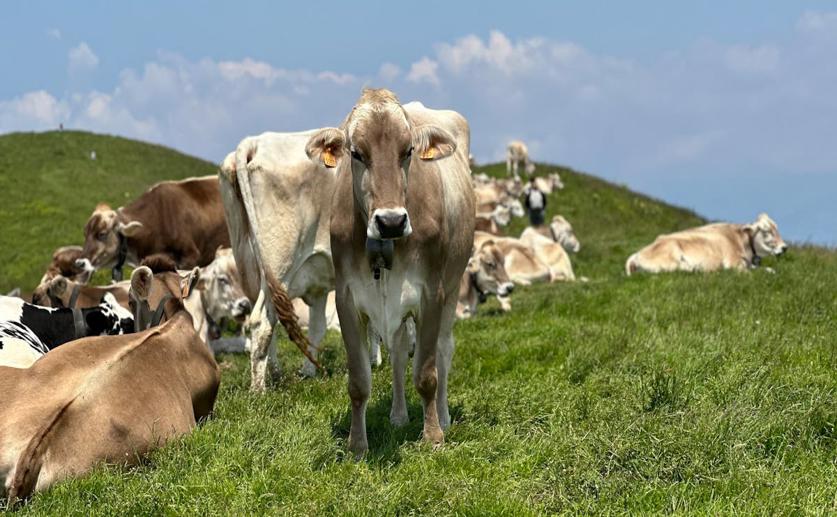
Testing AI Against Traditional Models for Predicting Cattle Feed Efficiency
Jenn Hoskins
18th March, 2024

Key Findings
- Study from São Paulo State University found new ways to predict cattle feed efficiency
- Machine learning methods outperformed traditional genetic prediction methods
- These methods could lead to more sustainable cattle breeding practices
References
Main Study
1) Benchmarking machine learning and parametric methods for genomic prediction of feed efficiency-related traits in Nellore cattle.
Published 17th March, 2024
https://doi.org/10.1038/s41598-024-57234-4
Related Studies
2) A guide for kernel generalized regression methods for genomic-enabled prediction.
3) Efficient weighting methods for genomic best linear-unbiased prediction (BLUP) adapted to the genetic architectures of quantitative traits.
4) Multitrait genomic prediction of methane emissions in Danish Holstein cattle.
5) Weighted single-step genome-wide association study and pathway analyses for feed efficiency traits in Nellore cattle.



 6th March, 2024 | Jim Crocker
6th March, 2024 | Jim Crocker